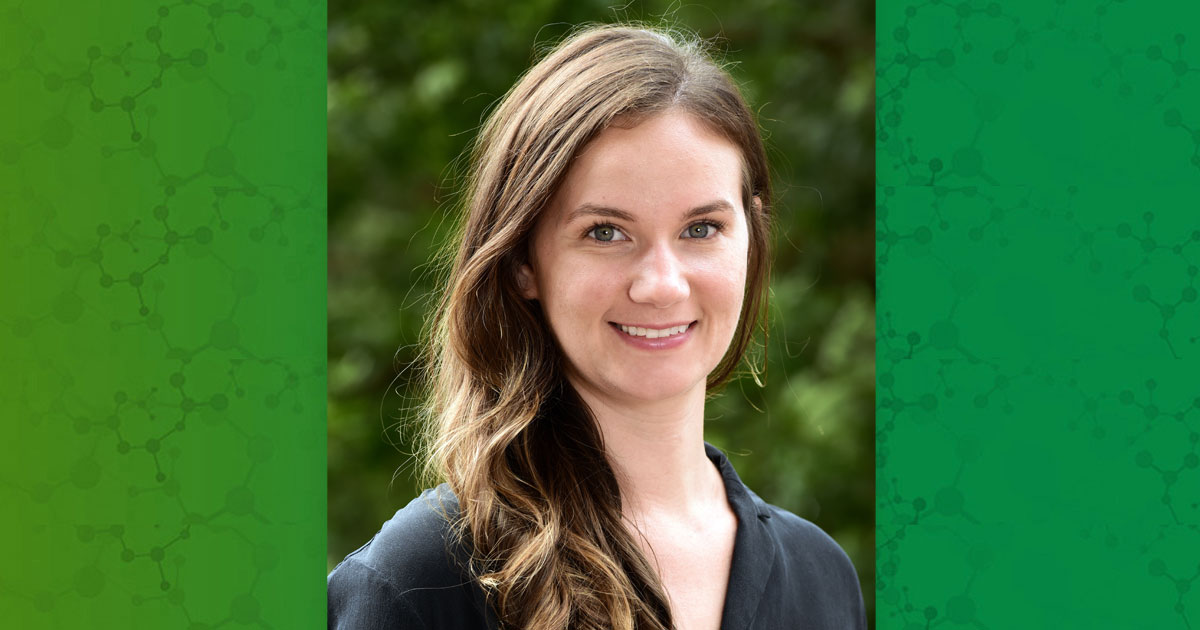NIEHS scientists study how environmental factors affect human health. Sometimes, that research results in breakthroughs that can enhance diagnostics, treatment, or the understanding of disease mechanisms.
The Office of Technology Transfer (OTT) acts as the contact point within NIEHS for all new inventions made by intramural researchers and protects the institute’s intellectual property interests. It enables NIEHS researchers to more effectively partner with their counterparts in academia, nonprofit organizations, and the private sector to deliver innovations that will benefit human health.
Learn more about NIEHS researchers’ tech advances in 2024 and other key activities by OTT below.
Lung disease and allergies
Michael Fessler, M.D., Clinical Director of NIEHS, received a patent February 6, 2024, for his technology targeting a specific protein called EMP2 on the lining of airways. It is currently the focus of a collaboration with Novartis Institutes for BioMedical Research Inc. to develop antibodies to treat lung diseases, such as asthma, chronic obstructive pulmonary disease (COPD), and cystic fibrosis.
Geoffrey Mueller, Ph.D., director of the NIEHS Nuclear Magnetic Resonance Research Core Facility, has altered the major peanut allergen, called Ara h 2, to stop its binding to patient antibodies. This technology is being used to develop improved treatments for peanut allergies by inducing a more sustained response and fewer side effects than current therapies. In addition, the technology forms the basis of a diagnostic that can track patient response to a peanut allergen.

Data sharing and acquisition
According to Sharon Soucek, Ph.D. ,director of OTT, the office has been busy over the last year sharing data with a variety of collaborators for projects related to the Personalized Environment and Genes Study (PEGS) and the Virtual Pooled Registry Cancer Linkage System (VPR-CLS).
PEGS is a long-term project to collect health, exposure, medical, and genetic data from a diverse group of more than 19,000 people in North Carolina. It integrates genetic and environmental data to understand causes, identify risk factors, and improve prevention of disease. Providing access to PEGS data through data use agreements to a variety of collaborators expands the scientific reach of this dataset, while protecting patient privacy.
Regarding the data being received through the VPR-CLS, “The transfer agreements we’ve executed ensure researchers can obtain data from cancer registries of several states and analyze data from patients enrolled in the Sister Study and the GuLF Study,” said Cindo Nicholson, Ph.D., OTT’s technology transfer and patent specialist.
Epidemiology Branch Chief Dale Sandler, Ph.D., leads both the Sister Study and the GuLF Study — the former involving sisters of women who have had breast cancer, and the latter involving people participating in oil spill response and cleanup.
Hands-on education
OTT is joining forces with RTI International and the Federal Laboratory Consortium for Technology Transfer (FLC) to pilot the FLC/RTI Entrepreneurial Education and Technology Exchange Collaborative (FREETEC), according to Soucek. FREETEC provides an incubator for student researchers to conduct critical proof-of-concept experiments to advance federal lab technologies toward commercialization.
The pilot study will use technology developed by Stavros Garantziotis, M.D., head of the Matrix Biology Group in the Immunity, Inflammation, and Disease Laboratory. This technology involves a new class of compounds that can block hyaluronan, a naturally occurring molecule that plays a role in the onset of airway diseases, such as asthma and COPD. NIEHS researchers plan to collaborate with RTI, due to its expertise performing translational science, and North Carolina Central University students to develop a research project that enhances the commercial potential of the invention.
“We are also excited to have rolled out a pilot program to train NIEHS fellows in technology transfer, where they conduct market research and analysis for invention disclosures,” Soucek explained.
(Elizabeth Witherspoon, Ph.D., is a contract technical writer in the NIEHS Office of Communications and Public Liaison.)
Source link
factor.niehs.nih.gov

